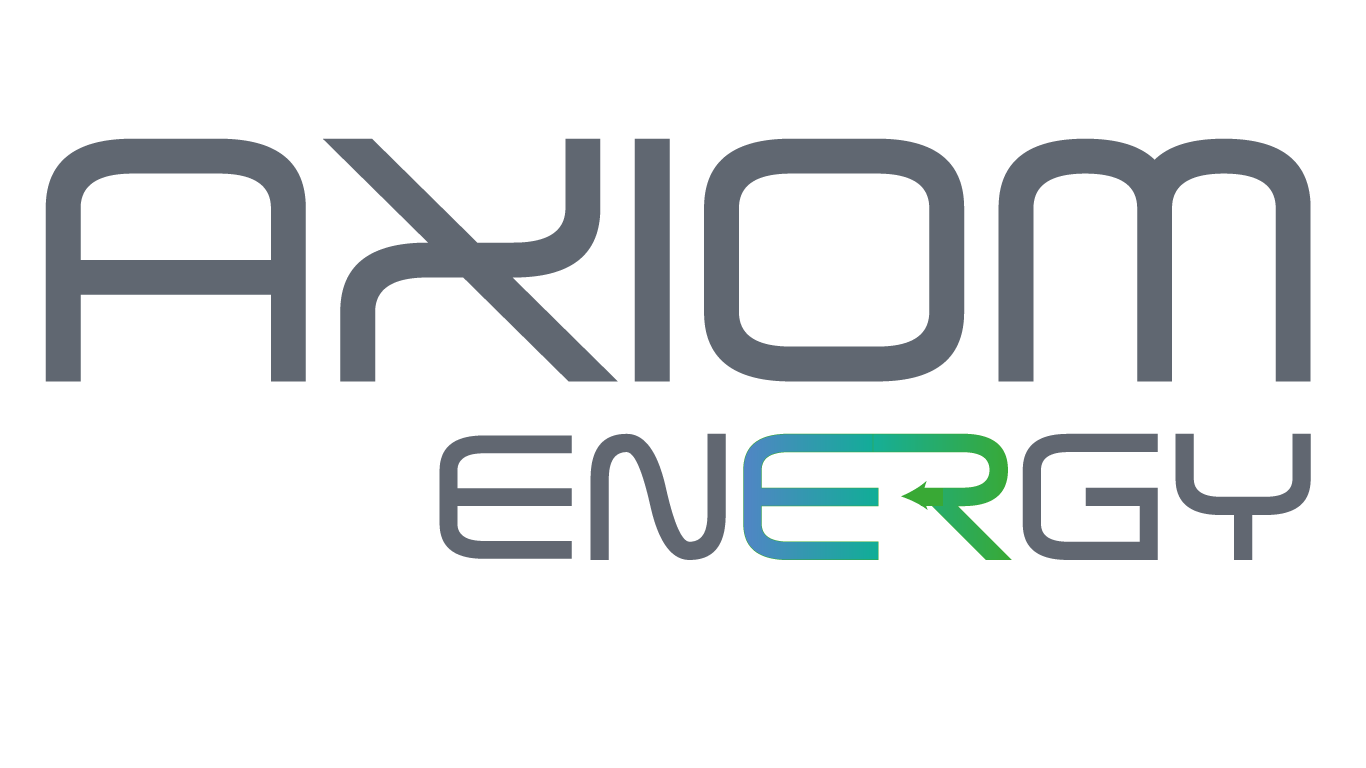Unlocking Profit Potential in Your New Commercial Space
Are you a business owner contemplating a move to a new commercial property? Congratulations! Relocating your business can be a strategic move to boost growth and revenue. However, it’s crucial to consider all aspects of the transition, including your energy needs and costs. In this guide, we’ll shed light on what businesses should look for when moving to a new commercial property, with a special focus on managing out-of-contract energy charges and optimizing sales revenue.
1. Evaluate Your Energy Needs:
Before signing a lease or purchasing a new property, assess your energy requirements. Consider factors such as the size of your space, the type of equipment you use, and your working hours. A thorough energy audit can help identify potential inefficiencies that you can address when moving to a new location.
2. Understand Your Energy Contract:
Review your current energy contract, including terms, rates, and contract end dates. If you’re moving before your contract expires, you may face out-of-contract energy charges or penalties. Traditionally moving location doesn’t incur costs for cancellation of current contractual agreements, what you will need to keep in mind is what meter readings were on the last day before your move. Getting in touch with your current supplier and asking a few questions can help you get the best deal for your business.
Key Questions to ask.
- What are your current contractual rates?
- If you were to renew what would your unit costs be? (this gives you a good understanding of what the current market is offering)
- What is your current annual consumption? (An understanding of how much Energy you use allows for you to have greater negotiating ability for larger Energy users)
- Will there be any termination costs if you move out of the building? (Important to get this clarified, again there should be no cost)
- Get a quote for the new site! (Don’t sign anything without research, use the figures given to you as a comparison)
3. Research Energy Suppliers:
When moving to a new commercial property, take the opportunity to research energy suppliers in the area. Look for suppliers that offer competitive rates, renewable energy options, and flexible contract terms. Request quotes from multiple suppliers to find the best fit for your business’s energy needs.
4. Negotiate Favourable Contract Terms:
When you’ve identified a potential energy supplier, negotiate contract terms that align with your business goals. A huge emphasis needs to be placed on ‘Out of contract Charges’ when moving location, the new location will be placed on industry-standard ‘Deemed Rates – 50 – 100p per kilowatt and £2 per day standing charge. You can if negotiated at the right time manage this, so the new supplier is in place shortly after you move in, thus preventing the above-mentioned charges.
Consider options like fixed-rate contracts to protect against price fluctuations or flexible terms that allow you to adapt as your business grows.
Consider what your long-term Energy strategy is and how fixed or flexible agreements influence your business’s growth strategy.
This is also where the understanding of the current market will be important, use someone you trust or the information you were provided by your previous supplier to ensure you are getting the best outcome for your business. Traditionally suppliers will tell you what you are being charged out of contract and then offer you a renewal rate.
The reason for this is simple, a higher rate reduced slightly will look like a saving e.g., 75p per kilowatt down to 50p per kilowatt shows a 25p saving, however, the market may well be at 25p per kilowatt, so you are being charged double.
5. Energy Efficiency Investments:
Assess the energy efficiency of your new property. Consider making energy-efficient upgrades, such as installing LED lighting, upgrading HVAC systems, or enhancing insulation. These investments can lead to long-term cost savings and reduce your carbon footprint.
6. Monitor Energy Usage:
Implement energy monitoring and management systems to track and optimize your energy consumption. Real-time data can help identify areas where you can reduce energy waste and further boost your bottom line.
7. Leverage Renewable Energy:
Explore the possibility of using renewable energy sources like solar panels or wind turbines. Not only can this reduce your carbon footprint, but it can also lead to cost savings over time through lower energy bills and potential government incentives.
8. Strategic Location:
Consider the location of your new commercial property carefully. Proximity to suppliers, customers, and transportation hubs can impact your sales revenue. Access to foot traffic, visibility, and a target demographic are key factors that can influence your business’s success.
9. Marketing and Branding:
Invest in marketing and branding efforts to promote your move to a new location. Create excitement and anticipation among your existing and potential customers. Effective marketing can drive foot traffic and increase sales revenue.
10. Adaptability and Growth Potential:
Choose a commercial property that provides room for growth and expansion. Anticipate your future business needs and ensure your new space can accommodate them without significant disruptions.
In conclusion, moving to a new commercial property is an opportunity for business growth, but it comes with considerations like managing out-of-contract energy charges and increasing sales revenue. By carefully evaluating your energy needs, understanding your contract, researching energy suppliers, and investing in energy efficiency, you can optimize your energy costs. Additionally, selecting the right location, implementing effective marketing strategies, and planning for adaptability can contribute to revenue growth.
Make informed decisions to maximise your business’s potential in its new home!


Recent Comments